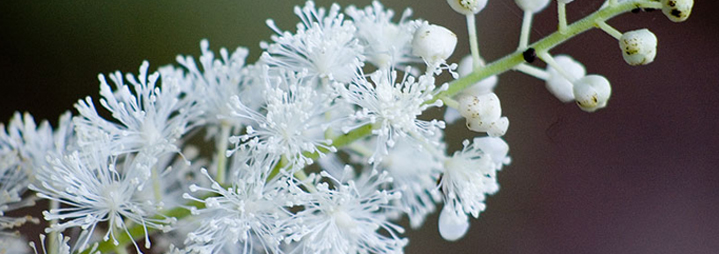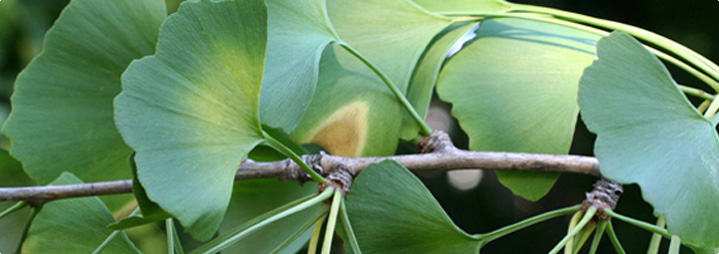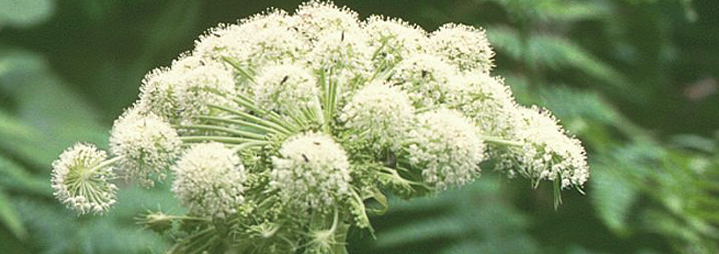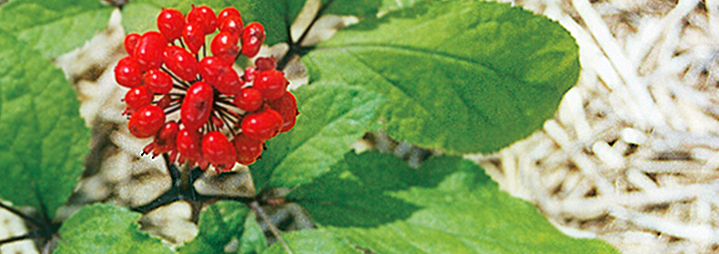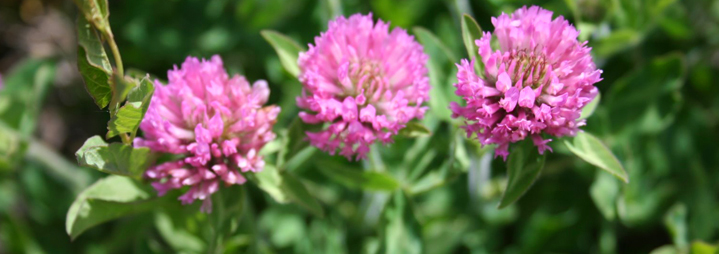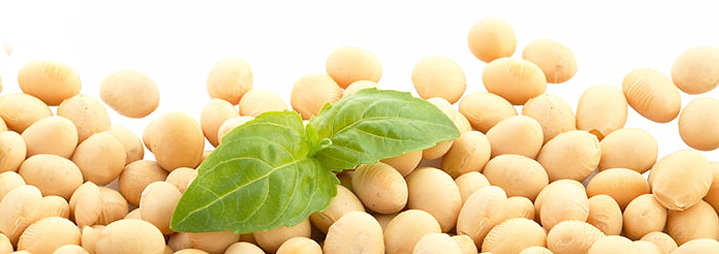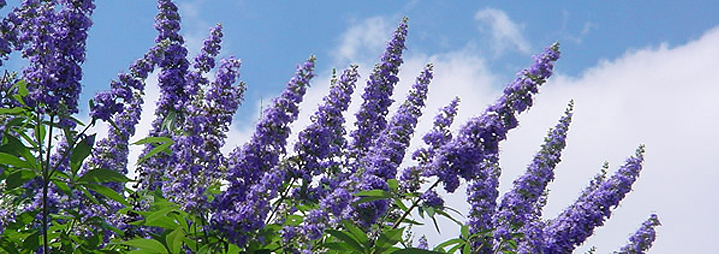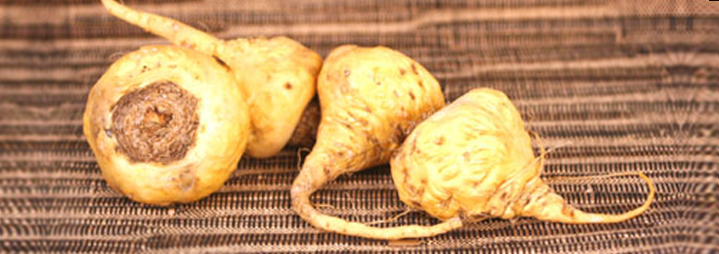What is Ginseng?
Ginseng, or Panax ginseng, is a root that is used as an herbal supplement. It is grown in America, China, Korea and Siberia. It has a man-like appearance, in which one thick root splits into two, like a man's legs, and it has one flower on a tall stem, resembling the shape of a head.
 Ginseng enhances energy, vitality, and is used to help combat the uncomfortable symptoms of menopause. Read on to learn about the etymology of "ginseng", its history, its uses, and its impact on menopausal symptoms.
Ginseng enhances energy, vitality, and is used to help combat the uncomfortable symptoms of menopause. Read on to learn about the etymology of "ginseng", its history, its uses, and its impact on menopausal symptoms.
Ginseng: What's In A Name?
Ginseng goes by different names depending on its origin and appearance. Panax is the ginseng that is grown in Asia, and Panax quinqufolius is that grown in America. There is also Korean and Siberian ginseng.
The origins of the name "panax ginseng" reflect the appearance of the plant, and its medicinal properties. "Ginseng" comes from the Chinese word "r�nsh�n", which means "man root", and refers to the man-like appearance of the plant. "Panax" comes from Greek: "Pan" means "all", and "akos" means "cure". Ginseng Panax therefore describes a man-shaped plant with a range of curative properties.
Ginseng: A Brief History of Early Ginseng
Ginseng was discovered as an herbal remedy in Ancient China, around 5,000 years ago. The Ancient Chinese believed that it nourished both the heart and soul, and it was used to lengthen life span and increase stamina. The Native Americans also realized its remedial properties, and it was cultivated in North America. Cultivation increased with the arrival of the first European settlers, and today it is grown and traded throughout the world.
Ginseng: Uses and Abuses
Ginseng is an energizer. It is used to support the body's immune system, and the rehabilitation of patients. American ginseng is thought of as less stimulating and easier to consume over long periods of time than Asian ginseng. As an energizing herbal supplement, ginseng can be used as a remedy for a number of ailments. These include:
 . Fatigue
. Fatigue
. Stress
. Anxiety
. Depression
. Irritability
When taken in great excess, or alongside other herbs or medicines, ginseng can have negative side effects. These include:
. Low blood sugar
. A rapid heart beat
. Easy bruising
. Bleeding that is slow to stop
. Heart palpitations
However, ginseng needs to be taken in significantly large quantities for this to happen. A high dosage is usually considered safe. Young or pregnant women may be more susceptible to negative side-effects. If in doubt, check the label of the supplement, or consult your pharmacist.
When Menopause meets Ginseng
 Ginseng has properties which make it a good herbal remedy for menopausal symptoms. It is a phytoestrogenic herb; it contains a natural substance which mimics the role of estrogen in the female body. During menopause, the hormone estrogen is in flux, and causing menopausal symptoms.
Ginseng has properties which make it a good herbal remedy for menopausal symptoms. It is a phytoestrogenic herb; it contains a natural substance which mimics the role of estrogen in the female body. During menopause, the hormone estrogen is in flux, and causing menopausal symptoms.
Consuming phytoestrogenic herbs such as ginseng can help balance the body's level of estrogen, and minimize the menopausal symptoms. As well as this hormonal effect, the remedial and energizing properties of ginseng can also help combat the following symptoms:
. Fatigue
. Anxiety
. Stress
. Irritability
Ginseng can be a useful herbal remedy for general well-being, particularly during the menopause. It can be taken in various forms, and is widely available. Click on the following link for more information on about ginseng.









